6 Materials to Consider During a Deck Install
This article provides a comprehensive guide on the materials you should consider when planning a deck install. Whether you are a seasoned DIY enthusiast or a professional contractor, choosing the right materials is crucial for durability, aesthetics, and maintenance. This guide will address common questions and important considerations for selecting decking materials.
1. What Are the Best Wood Options for a Deck Install?
Pressure-Treated Pine
Pressure-treated pine is one of the most popular wood choices for a deck installation due to its durability and cost-effectiveness. Treated to resist insects and decay, this type of wood extends the lifespan of your deck significantly. The affordability of pressure-treated pine is another major factor contributing to its popularity. According to Forbes, the average cost to build a deck is around $7,500, making budget-friendly materials a priority for many homeowners. This type of wood is also relatively easy to work with, which means fewer labor costs during the installation process. However, it does require regular maintenance to prevent warping and splintering over time.
Cedar and Redwood
Cedar and redwood are premium wood options that offer exceptional durability and natural resistance to decay and insects. These woods are known for their beautiful, rich colors and smooth textures. Although cedar and redwood are more expensive initially, their low maintenance needs can make them a cost-effective option in the long term. Many people choose these woods for their aesthetic appeal and superior performance. However, the cost to install a deck with these materials can be higher compared to pressure-treated pine. They offer a unique beauty and a longer lifespan, making them a luxurious choice for those willing to invest.
2. How Does Composite Decking Compare to Wood for a Deck Install?
Durability and Maintenance
Composite decking materials are known for their exceptional durability and low maintenance needs. Unlike wood, composite boards do not splinter, warp, or rot, which significantly reduces upkeep efforts. Composite decking is also resistant to insects and harsh weather conditions, making it a reliable choice for long-term use. Although composite materials are initially more expensive than wood, they can potentially reduce costs for maintenance and repairs over the years. It is also worth noting that composite decking often comes with extensive warranties.
Cost Comparison
The initial cost of composite decking can be significantly higher than that of traditional wood options. However, this upfront investment can be offset by lower long-term maintenance costs. Wood decks require regular sealing and staining, which can add to the overall expense over time. Composite decking, on the other hand, typically requires just occasional cleaning with soap and water. Choosing composite materials can, therefore, provide a more predictable long-term cost structure. This stability is attractive to many homeowners, despite the higher initial outlay.
3. Is PVC Decking a Good Choice for a Deck Install?
Advantages of PVC Decking
PVC decking offers numerous advantages, including resistance to mold, mildew, and moisture. This makes it particularly suitable for areas with high humidity or frequent rain. In addition to its moisture-resistant properties, PVC decking is also highly durable and requires very little maintenance. It does not require staining, sealing, or sanding, making it a convenient option for busy homeowners. PVC decking is also lightweight, which makes it easier to install compared to heavier wood or composite materials. This can result in lower labor costs during the installation phase.
Environmental Impact
One of the concerns with PVC decking is its environmental impact. The production of PVC can be energy-intensive and generate pollutants, which is why some environmentally-conscious consumers may hesitate. However, many manufacturers have started incorporating recycled materials into their PVC decking products, reducing their overall environmental footprint. This makes PVC a more sustainable option over time. Opting for recycled PVC can align with both budgetary and eco-friendly goals.
4. What Types of Fasteners Should Be Used for a Deck Install?
Screws vs. Nails
The choice between screws and nails for fastening your deck boards can significantly impact the deck's longevity and stability. Screws provide a more secure hold and are less likely to work loose over time. Though nails are quicker and easier to install, they can loosen with the natural expansion and contraction of the wood. Many professionals recommend screws for this reason, despite the higher installation effort. Investing in quality fasteners like screws can add to the overall durability and stability of the deck, ensuring a longer lifespan.
Hidden Fastening Systems
Hidden fastening systems offer an aesthetically pleasing, smooth deck surface by concealing the fasteners from view. These systems use clips or other hardware to secure the deck boards from below or through the edges. Aside from their visual appeal, hidden fasteners reduce the risk of injuries caused by exposed screws and nails. They also help in reducing the potential splitting and cracking of the deck boards over time. Though hidden systems can be more costly initially, the added safety and sleek appearance can justify the expense. This is an important consideration when planning for a high-quality deck installation.
5. Do You Need to Seal or Stain Your Deck After the Installation?
Benefits of Sealing a Deck
Sealing your deck is crucial for protecting it from moisture, UV rays, and other elements. A good sealant can penetrate the wood, making it more resistant to water and rot. Regular sealing helps maintain the wood's appearance and structural integrity. Considering the expense involved in a deck install, protecting your investment with a quality sealant is a wise choice. Sealing also minimizes the need for frequent repairs and extends the lifespan of the deck. It's a relatively simple procedure that can yield significant long-term benefits.
Staining Options
Staining your deck can enhance its natural beauty and provide an additional layer of protection. There are various types of stains available, including oil-based and water-based options. Oil-based stains tend to last longer and provide a richer finish, while water-based stains are easier to clean up and more environmentally friendly. The choice between these options can depend on individual preferences and specific requirements. Both types of stains require periodic reapplication to maintain their effectiveness. This maintenance task should be factored into the overall cost of a deck installation, ensuring that the deck remains vibrant and protected.
6. What Are the Safety Considerations for a Deck Installation?
Railings and Balusters
Ensuring the safety of your deck installation involves choosing appropriate railings and balusters. They provide crucial support and prevent accidental falls, especially for elevated decks. Various materials and styles are available, from wood and metal to glass and composite options. Selecting the right railings and balusters not only enhances safety but also complements the overall aesthetic of the deck. Investing in high-quality materials for railings and balusters can contribute to the long-term safety and durability of the deck. This is particularly important given the significant investment involved in building a deck.
Slip-Resistant Surfaces
Slip-resistant surfaces are another essential safety feature to consider for a deck installation. Textured boards and anti-slip coatings can help prevent accidents, particularly in wet or icy conditions. Incorporating slip-resistant materials ensures that the deck remains safe to use throughout the year. These materials are particularly beneficial for homes with children, elderly residents, or frequent visitors. The added safety provided by slip-resistant surfaces can justify their cost, enhancing the overall value and functionality of the deck. This consideration is crucial when planning a long-lasting, safe outdoor space.
Installing a deck requires careful consideration of various materials to ensure longevity, safety, and aesthetic appeal. By addressing the most common questions, this guide aims to help you make informed decisions for a successful deck install. Whether you opt for traditional wood, composite, or PVC, understanding the properties and benefits of each material will facilitate a smoother installation and a more durable deck. Contact us at Deck Soldier for more information.

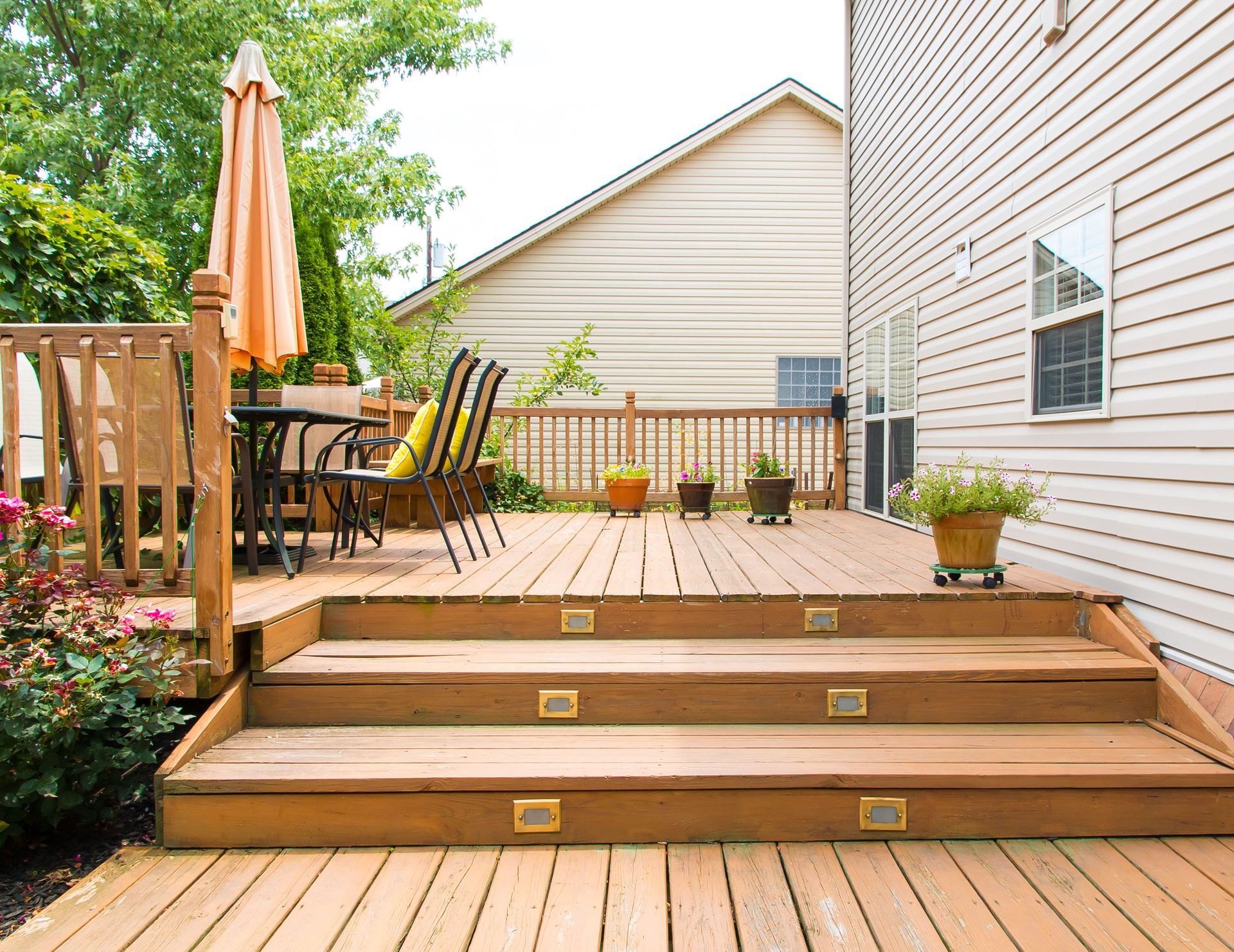
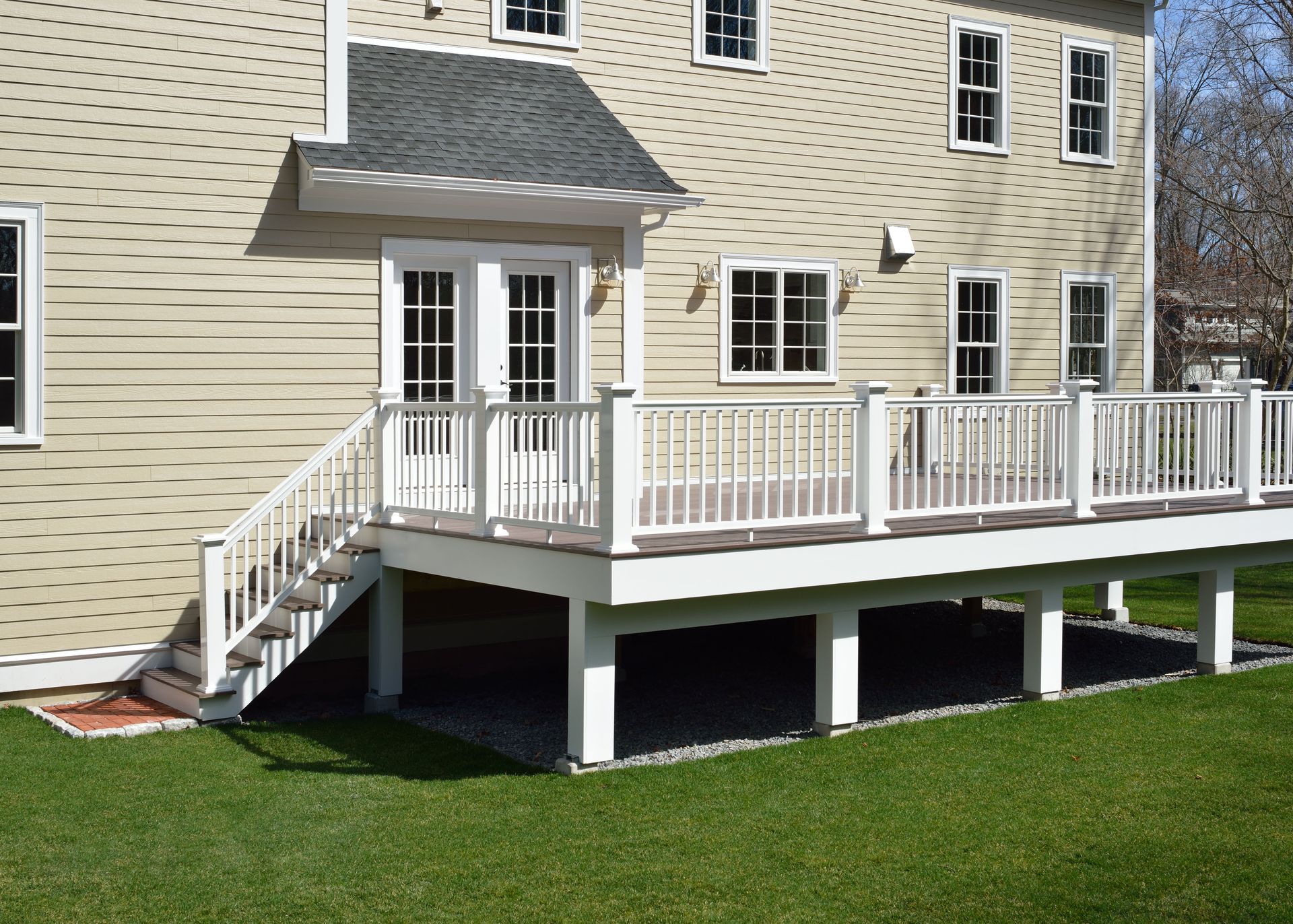
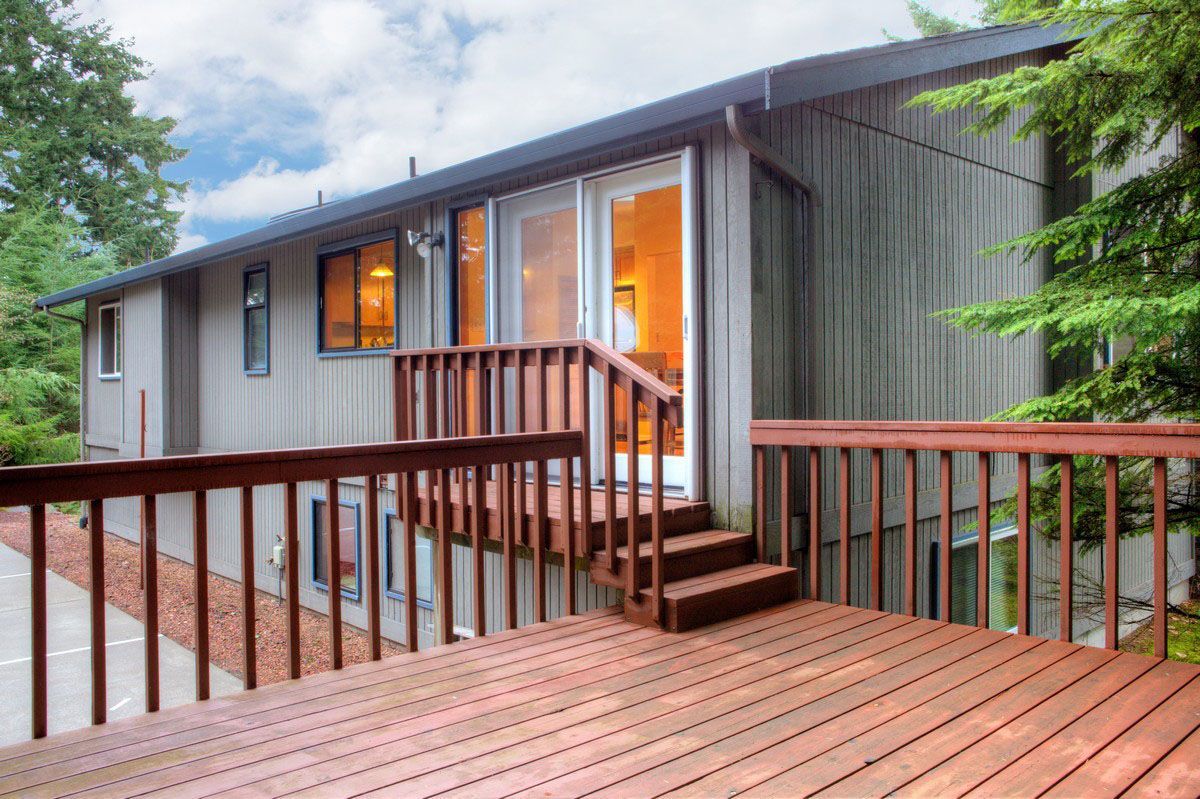
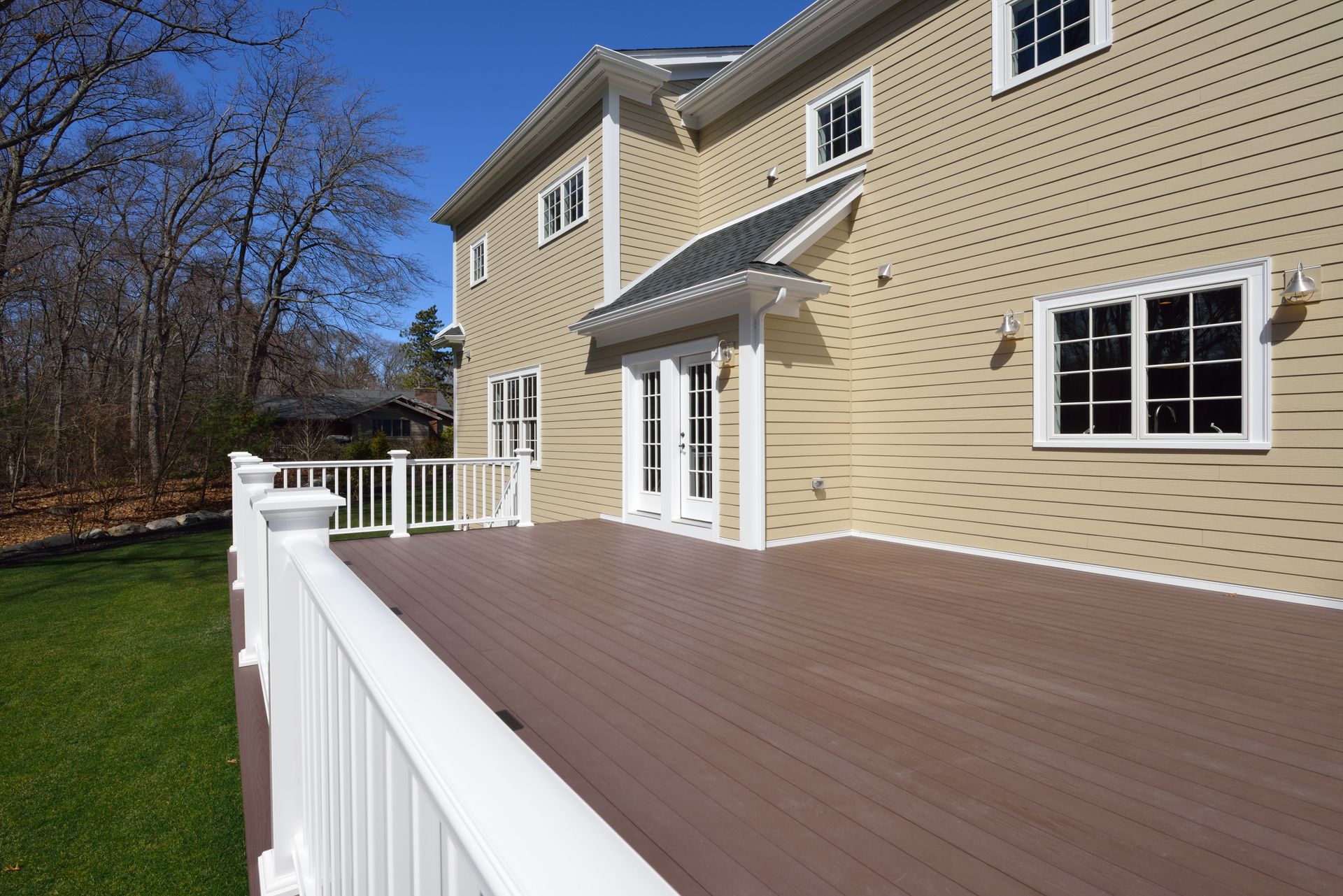
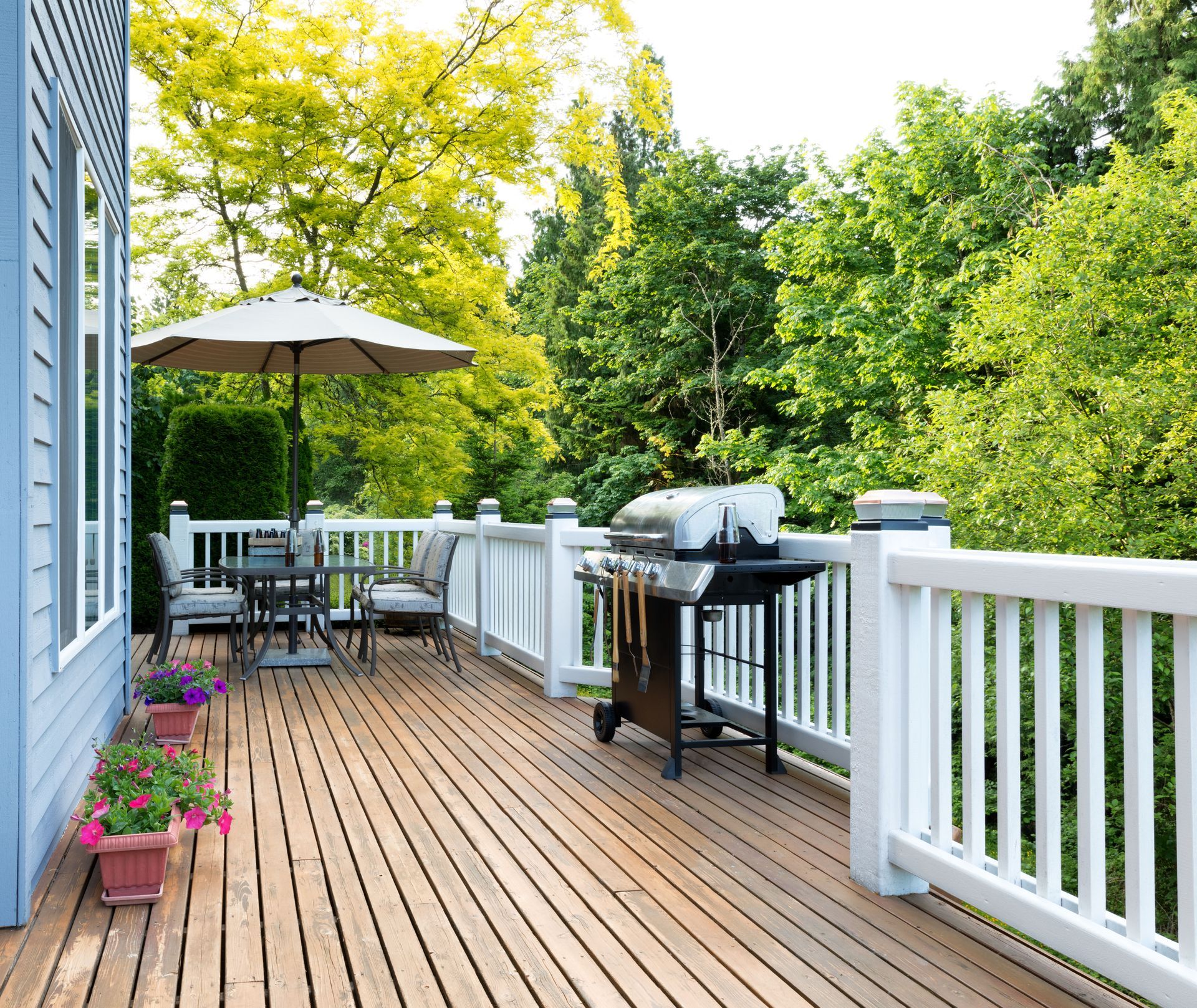
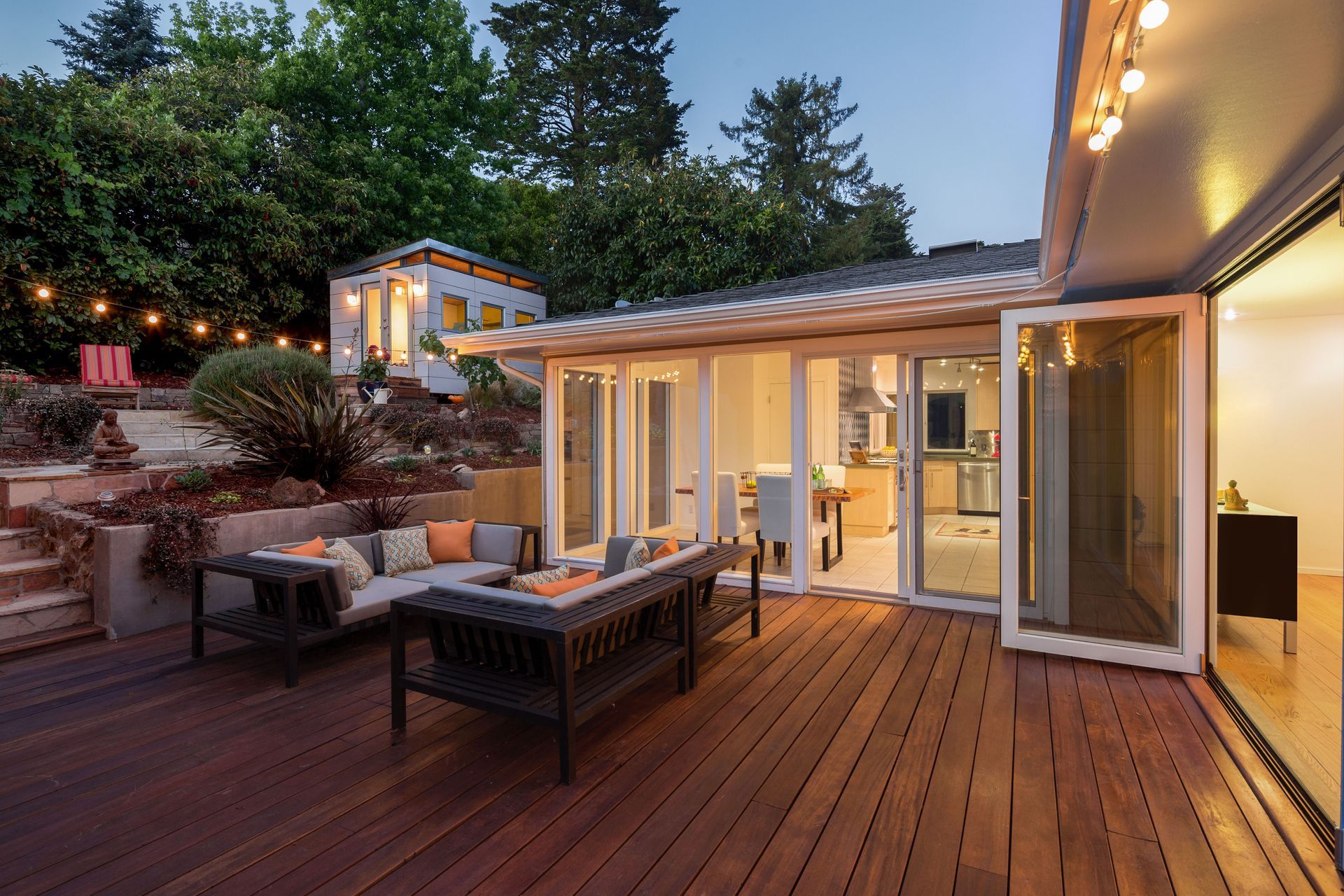
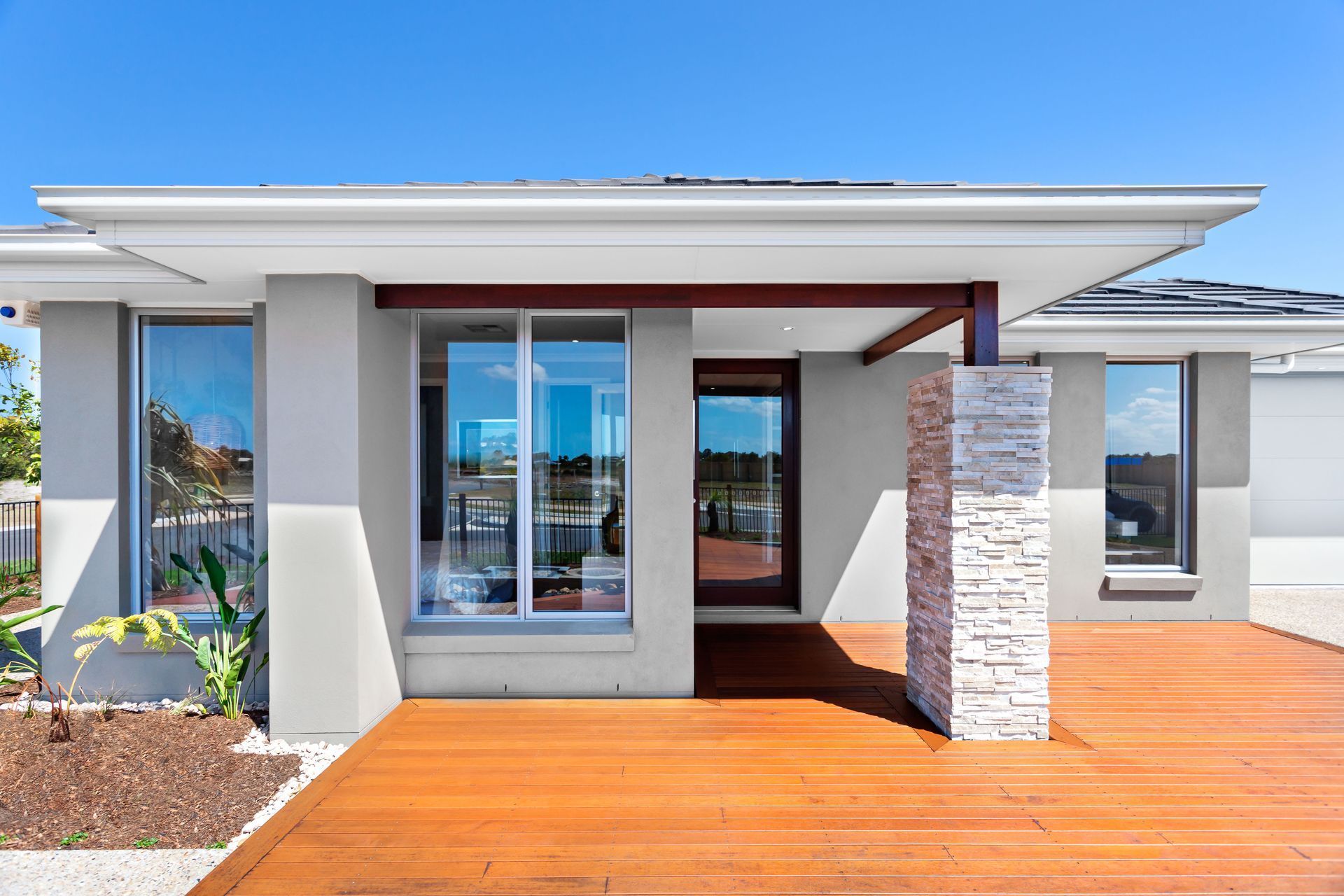
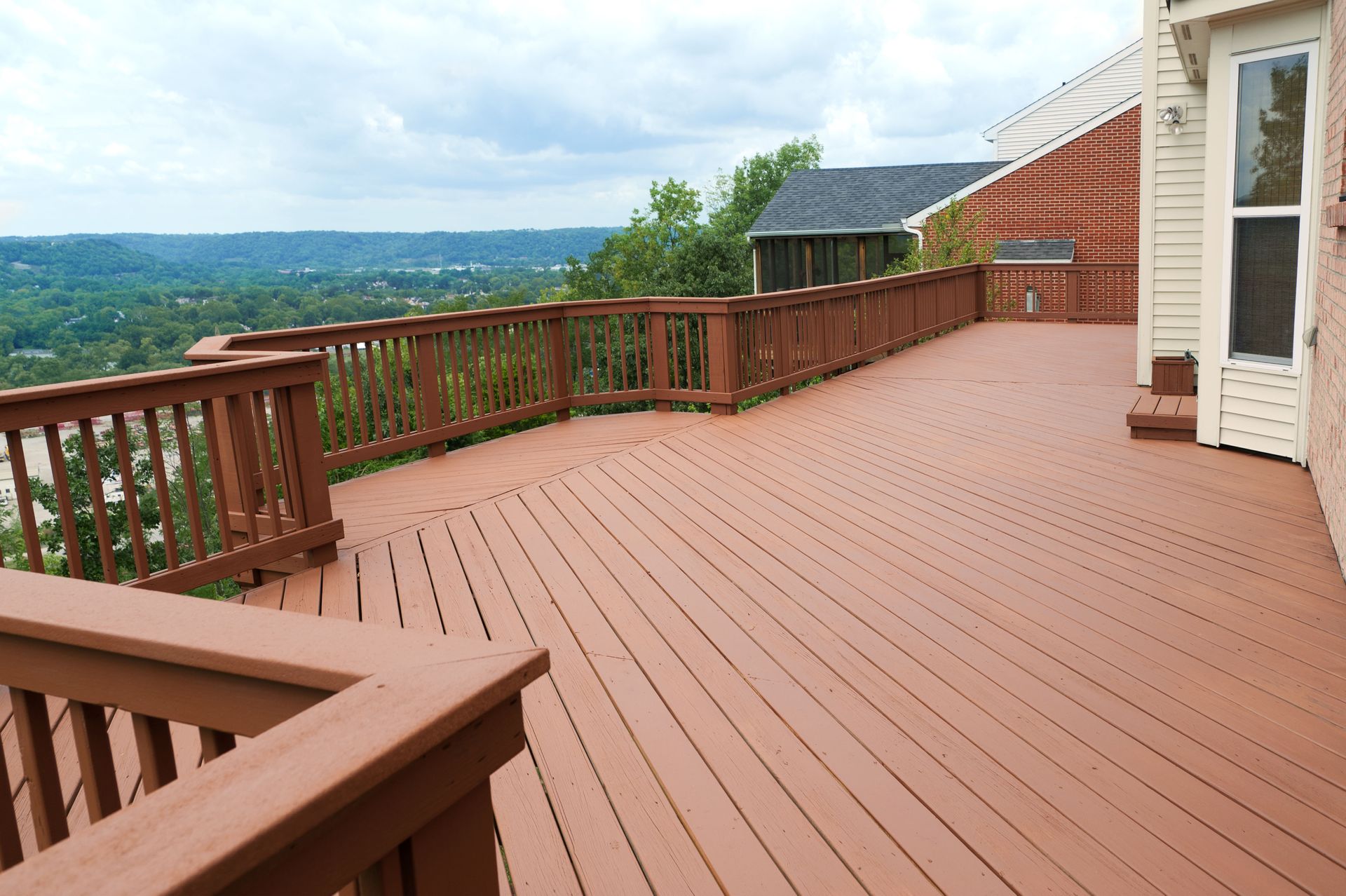
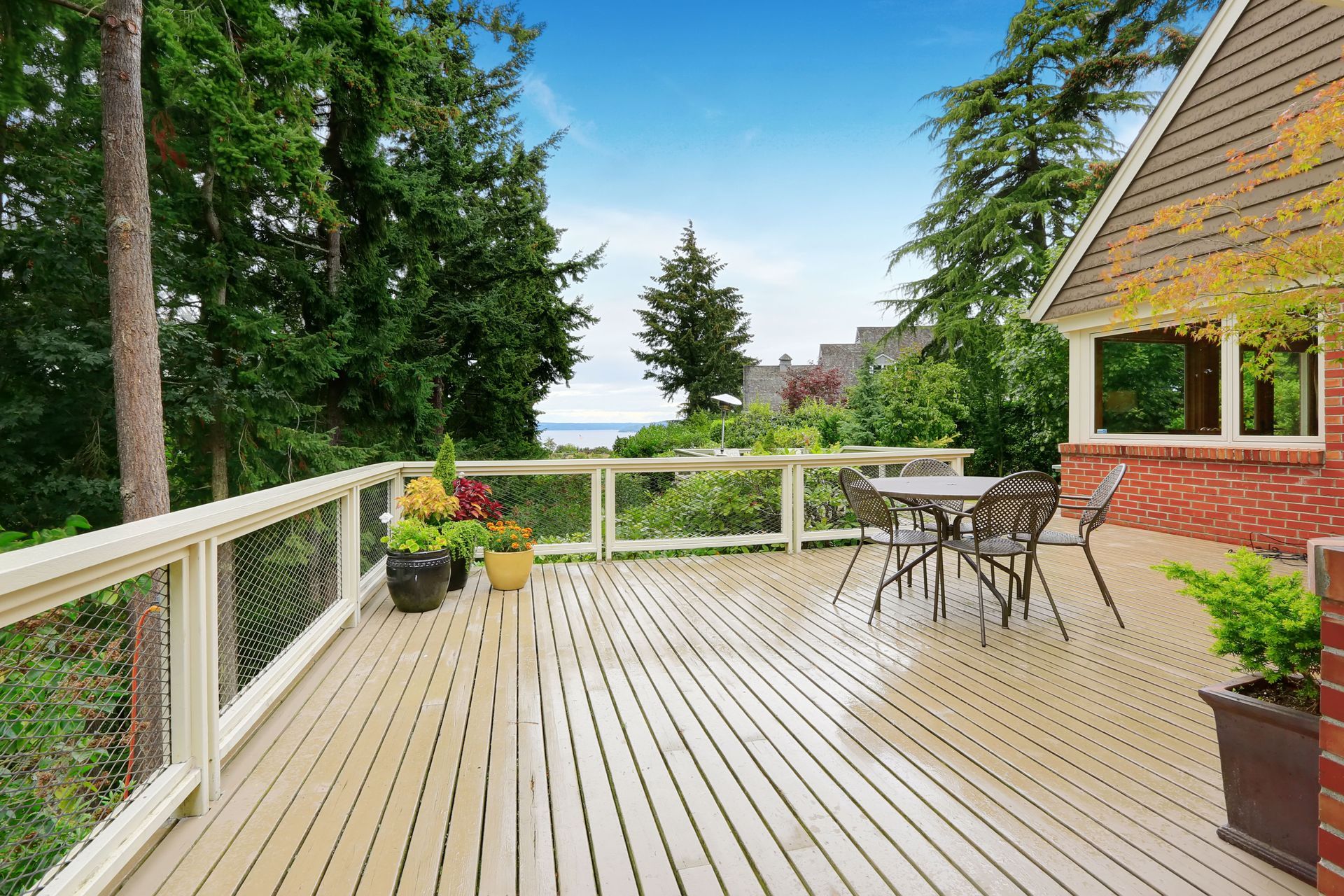
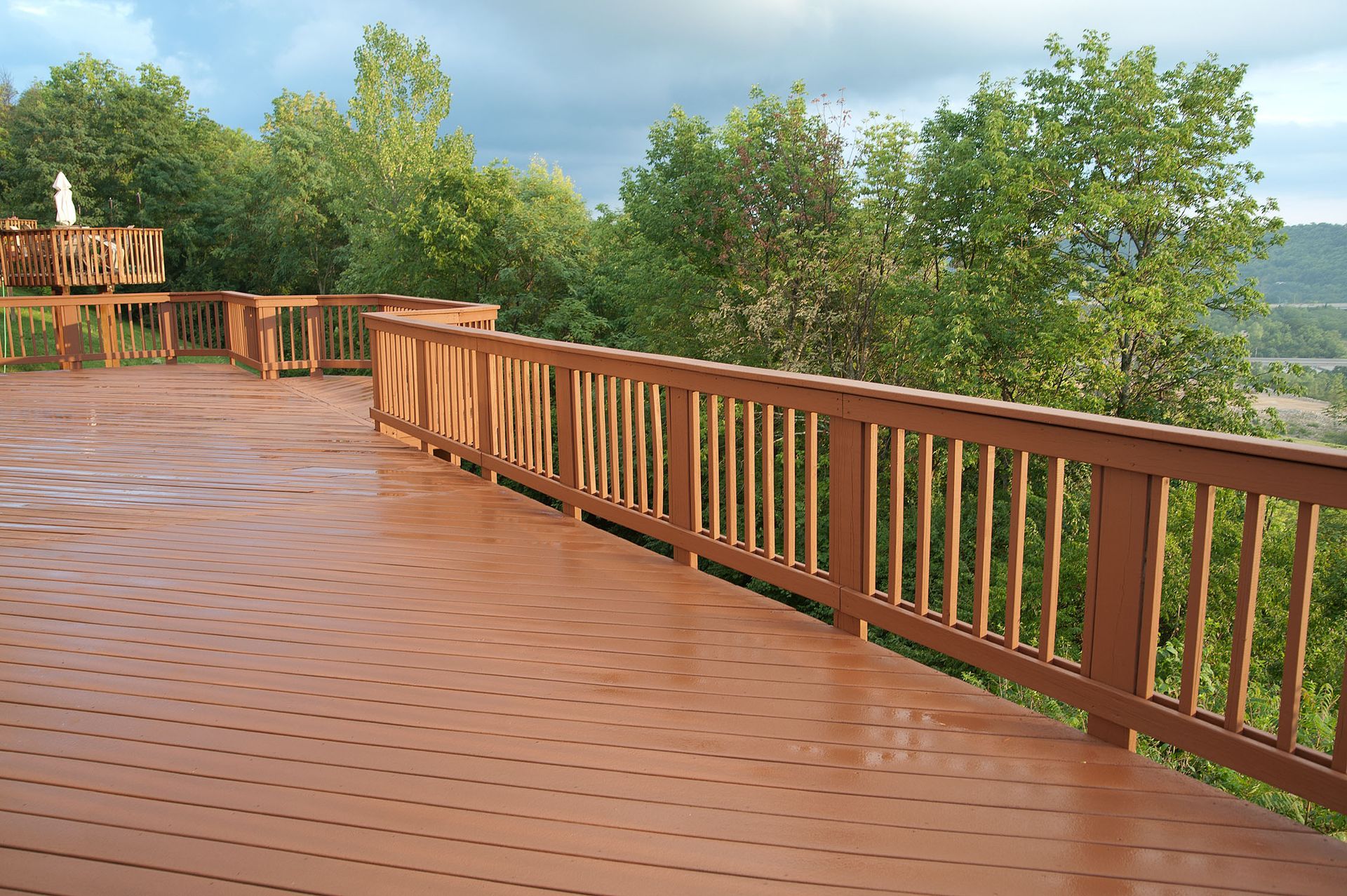
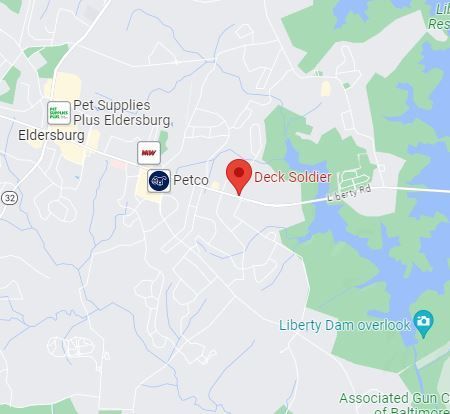
Share On: